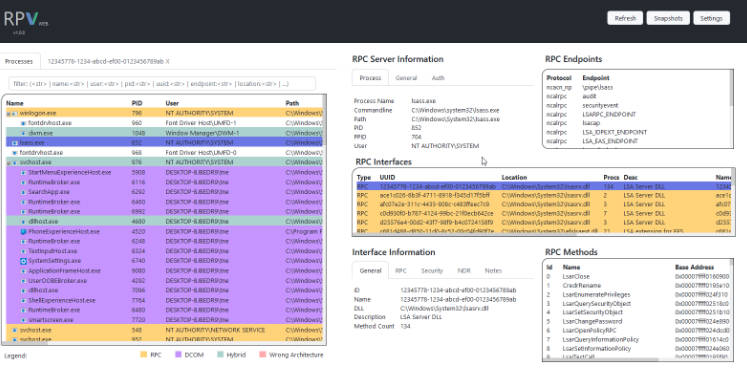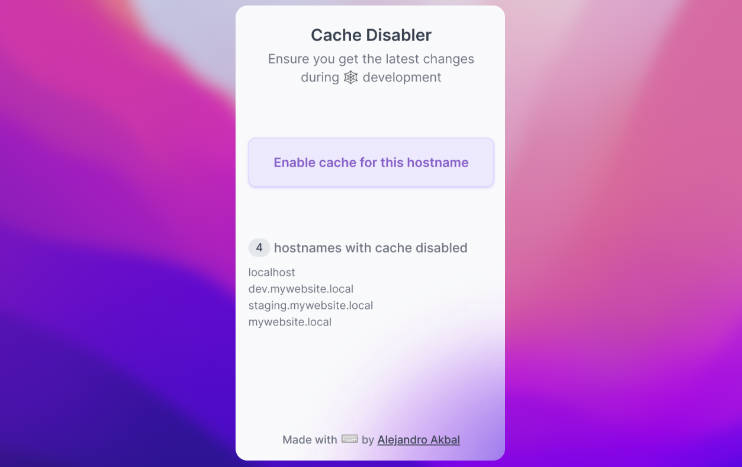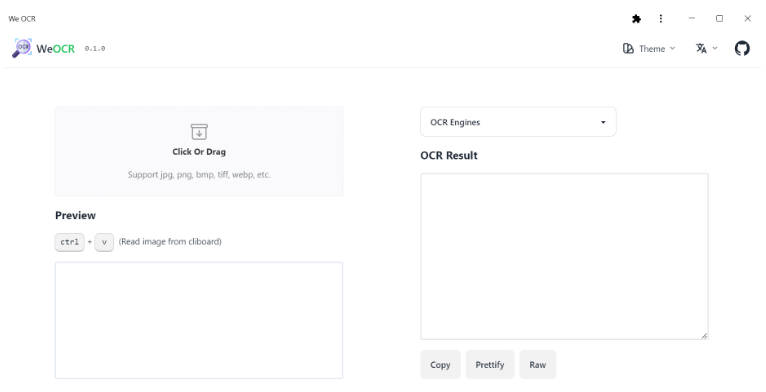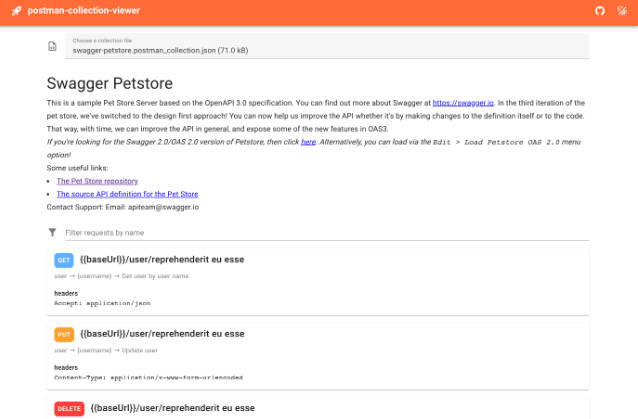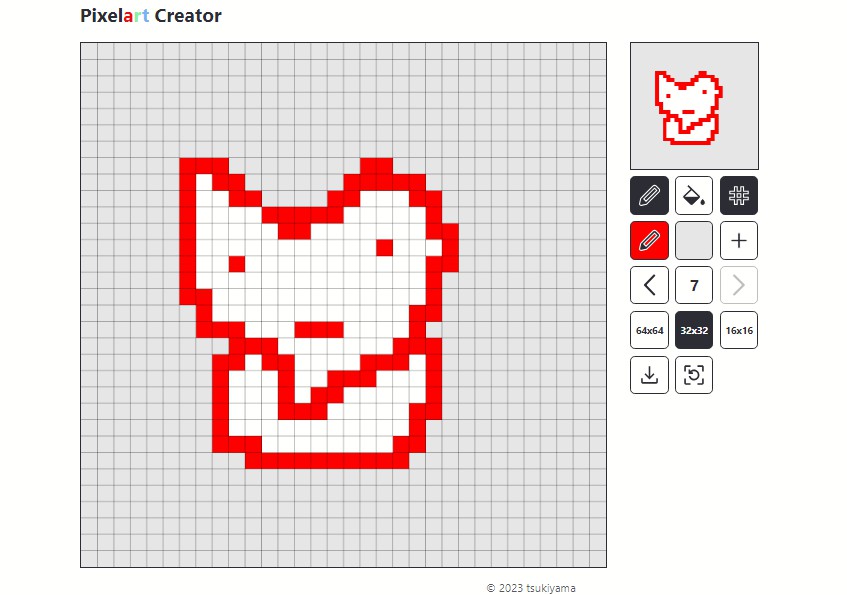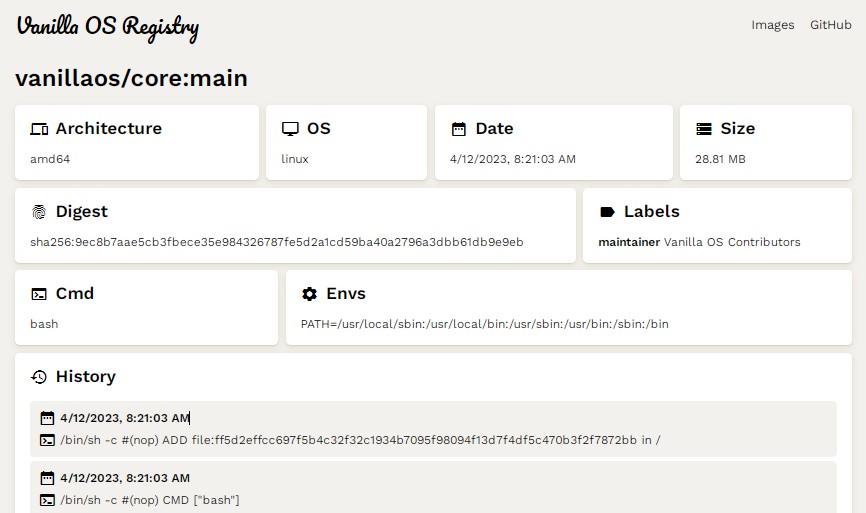rpv-web is a browser based frontend for the rpv library. The frontend is written in Vue whereas the backend utilizes v’s builtin web framework. The overall design was strongly influenced by the Qt based application RpcView.

Installation
Since v is in it’s open beta, it is expected that things change and that rpv-web does not always compile with the latest v version. It is therefore recommended to download the latest build from the release section of the project.
If you want to build from source, you can do so. Assuming that v is installed, you can run the following commands to build rpv-web:
[user@host ~]$ v install qtc_de.rpv
[user@host ~]$ git clone https://github.com/qtc-de/rpv-web
[user@host ~]$ cd rpv-web
[user@host rpv-web]$ make
If successful, you should find rpv-web-x64.exe within your current working directory.
Notice that building the x86 version of rpv-web requires additional installation steps
as described here. This will hopefully no
longer be necessary in future versions of v.
The frontend can be build using container frameworks like docker or podman. However, also here it is recommended to use the release builds instead.
[user@host ~/rpv-web]$ cd frontend
[user@host frontend]$ docker build -t rpv-web .
[user@host frontend]$ docker run --rm rpv-web
[user@host frontend]$ docker cp <CONTAINER>:/app/dist .
Usage
After installation, make sure that the frontend (dist folder) and the rpv-web
executable (e.g. rpv-web-x64.exe) are placed next to each other. Starting the
rpv-web executable should open port 8000 on localhost where you can access
the rpv-web application. Binding the application to other listeners than localhost
is not recommended (see disclaimer).
More detailed usage examples and explanations of features like snapshots or the symbol resolver can be found within the projects wiki pages.
Offline Version
rpv-web provides also an offline version, which is a separate frontend that can be
used without the rpv-web executable. The offline version can also be downloaded from
the release builds or build manually
by adding the -- --mode offline to the npm run build command. However, the recommended
way is to use the GitHub Pages deployment from this
repository.
Within the offline version, no live RPC data is displayed. However, you can upload previously created snapshots and work with them (see snapshot documentation). The offline version of rpv-web works truly offline. It is a single page application that does not send any of your data to the application server.
Disclaimer
rpv-web should not be accessible by untrusted clients. rpv and rpv-web contain many unsafe code blocks, that bypass the memory safety features of v. This is required, to get the C interop working, but may introduce well known memory corruption bugs. Therefore, the application should only be used for local research projects and should not be exposed to untrusted clients.
Regarding the frontend, it was build by a person with zero frontend development experience
(yeah, that’s me :D). The frontend was tested to look reasonable
in Firefox and Chrome with a 1920x1080 screen resolution. Other browsers or screen
resolutions may not be supported. And please, whatever you do, do not visit the application
with a mobile device ?
